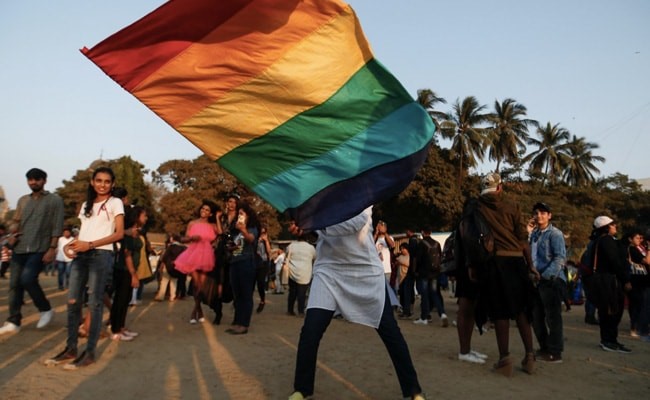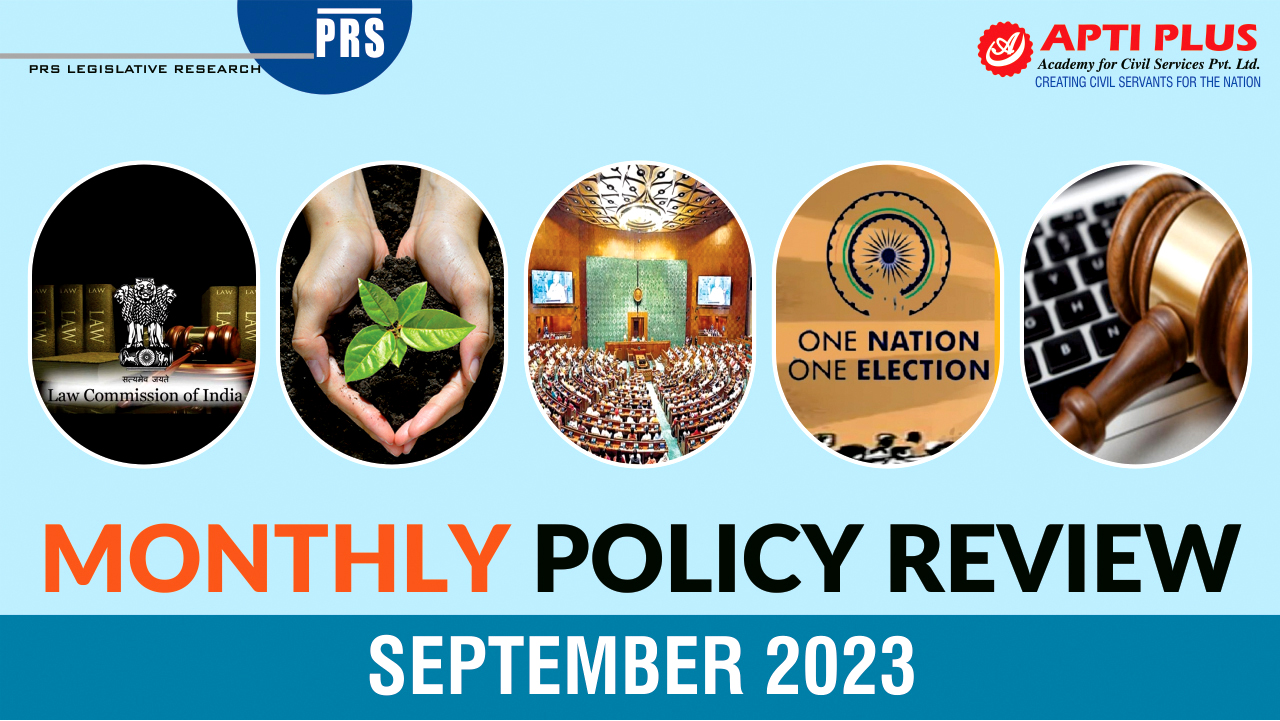SAM SEX MARRIAGE IN INDIA

Disclaimer: Copyright infringement not intended.
Context
- Supreme Court to pronounce judgment on October 17.
- The judgment is eagerly awaited as the government had stiffly objected to the idea of a judicial declaration giving legal status to same-sex relationships.
- The government had recently proposed a committee led by the Union Cabinet Secretary to examine whether any “administrative measures” could be taken to ease the daily concerns of same-sex couples.
Details
Arguments in favour
- Fundamental Rights:
- The right to marry for non-heterosexual couples is implicit in various articles of the Indian Constitution, including Articles 14, 15, 16, 19, and 21.
- SC rulings in ‘Navtej Singh Johar vs. Union of India’ (2018) and ‘KS Puttaswamy and Anr. vs. Union of India’ (2017) support this argument.
- Special Marriage Act (SMA):
- There were calls for interpreting the SMA, 1954 in a gender-neutral manner, allowing any two persons to marry, rather than restricting it to a "man and woman."
- Minimum Marriageable Age:
- It was suggested that the minimum age for marriage should be 18 for lesbian couples, 21 for gay couples, and for transgender couples, the same ages would apply based on the gender they identify with.
- Foreign Marriage Act (FMA):
- The argument was made for the recognition of same-sex marriages performed abroad under the FMA, 1969.
- Recognition of Fundamental Rights:
- The petitioners emphasized that denying LGBTQIA+ individuals the right to marry and have a family amounts to a violation of their rights against discrimination.
- Transgender Persons Protection Act:
- It was argued that the rights of queer persons to marry have already been recognized by the Transgender Persons Protection Act, 2019.
Arguments in protest
- Maintainability & SMA:
- Objections to the court's jurisdiction in the case.
- Parliament should be responsible for enacting laws related to marriage.
- potential complexities in implementing marriage rights for non-heterosexual couples under the SMA.
- Legitimate State Interest:
- The State's interest in regulating marriages was emphasized, including aspects such as the age of consent, prohibition of bigamy, and the prohibition of incest.
- Impact on Children:
- Concerns were raised regarding the impact of same-sex marriages on children, with emphasis on the traditional roles of "mother and motherhood."
- Different States' Responses:
- Several states opposed the plea for legal recognition of same-sex marriages, while some sought more time to consider the matter.
- Islamist Perspectives:
- The Jamiat-Ulama-i-Hind argued against the validation of same-sex marriages, highlighting potential implications for existing legal provisions and societal norms.
Centre’s Argument:
- The Centre emphasized that the Supreme Court's ruling on Section 377 didn't legitimize the conduct it decriminalized, and it should not be construed as an endorsement of same-sex conduct.
- The recognition of marriage should be limited to heterosexual couples to maintain societal norms and Indian ethos.
- Interference with existing marriage laws could potentially create chaos in the country's legal system.
- The concept of living together as partners in a same-sex relationship is not consistent with the traditional Indian family unit of a husband, wife, and children.
Important Supreme Court Decisions:
- Marriage as a Fundamental Right (Shafin Jahan v. Asokan K.M. and others 2018): The Court recognized the right to marry as integral to Article 21 of the Constitution, emphasizing the fundamental right to choose one's life partner.
- LGBTQ Community Entitled to all Constitutional Rights (Navjet Singh Johar and others v. Union of India 2018): The Supreme Court recognized the entitlement of the LGBTQ community to all constitutional rights, including the right to equal protection under the law.
Conclusion
There is the need for an anti-discrimination law empowering the LGBTQ community to live and form relationships freely, irrespective of gender identity or sexual orientation. The onus of change should be on the state and society, rather than on the individuals.
|
PRACTICE QUESTION Q. Discuss the key legal and societal implications of the ongoing debate surrounding the recognition of same-sex marriage in India. What are the major arguments presented by both proponents and opponents of same-sex marriage, and how do they reflect the broader societal values and constitutional principles of the country? (250 Words) |



.jpg)

1.png)
